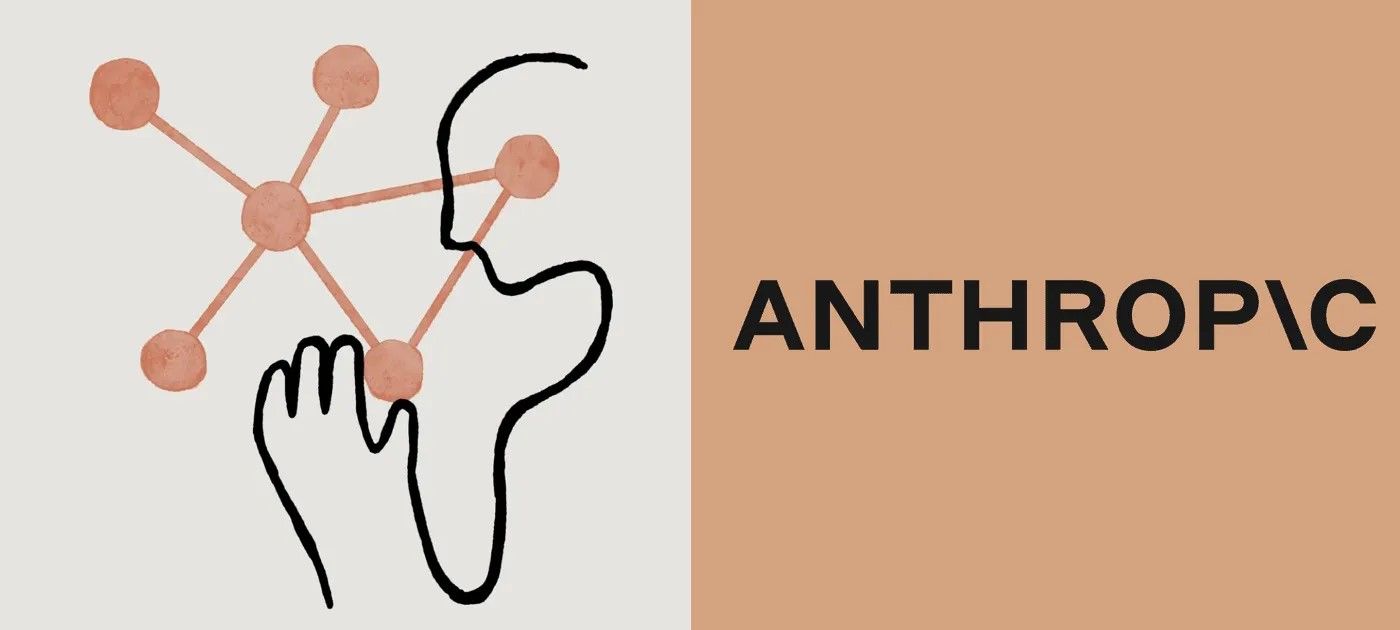Introduction
Multi-agent AI systems are revolutionizing advanced research, offering unprecedented flexibility and scalability. Anthropic has developed an innovative architecture that dramatically improves performance over traditional models, making research more efficient and reliable.
Context
Open-ended research tasks are hard to manage due to their unpredictable nature. Multi-agent systems enable parallel exploration, reduce the risk of missing key information, and compress large search spaces into actionable insights.
Research System Architecture
Anthropic's system uses an orchestrator-worker model: the Lead Researcher coordinates strategy, while subagents execute specific tasks in parallel. A Citation Agent checks sources and ensures traceability of results.
Direct Definition
Multi-agent AI systems use multiple agents working together to efficiently explore and synthesize information.
- Lead Researcher: analyzes the query, plans, and manages memory
- Subagent: explores specific aspects in parallel
- Citation Agent: verifies and correctly attributes sources
The Challenge
Multi-agent systems consume about fifteen times more tokens than standard interactions, making them ideal only when the outcome's value outweighs the cost. They are less effective for tightly interdependent tasks like coding.
Solution / Approach
Prompt Engineering Principles
- Think like agents: simulating agent behavior helps prevent common errors
- Clear delegation: each subagent needs precise objectives and boundaries
- Scale effort: adjust the number of agents and tools to query complexity
- Tool design: clearly describe each tool to avoid mistakes
- Self-improvement: agents can analyze their own errors and improve prompts
- Start broad, then narrow: begin with wide searches and focus progressively
- Guide thinking: use scratchpads to plan and evaluate results
- Parallelize: run simultaneous searches to speed up the process
Evaluation and Engineering Challenges
Anthropic evaluates multi-agent systems with representative query tests, LLM-as-judge models, and human oversight. In production, state management, dynamic debugging, and gradual deployments are essential for stability.
Conclusion
Anthropic's multi-agent AI systems offer significant advantages for complex research, enabling scalable reasoning and saving time. They are ideal for problems requiring parallel exploration and reliable sourcing.
FAQ
What is a multi-agent AI system in research?
It's a system using multiple agents to explore and synthesize information in parallel, improving efficiency and depth.
What are the benefits of multi-agent AI systems?
They enable broad exploration, reduce the risk of omissions, and accelerate complex data gathering.
When should you use a multi-agent AI system?
When the research value exceeds token costs and the problem can be split into parallel tasks.
What are the main production challenges for multi-agent systems?
State management, dynamic debugging, and gradual deployments to avoid interruptions.
How does multi-agent AI differ from traditional RAG?
Multi-agent AI operates dynamically and adaptively, while traditional RAG is static and based on single retrieval.
Which prompt engineering principles are essential?
Clear delegation, scalability, tool design, and agent self-improvement.
What are the limitations of multi-agent AI systems?
High token consumption and lower effectiveness for interdependent tasks like coding.
How is source quality ensured?
The Citation Agent checks every claim and correctly attributes sources.
